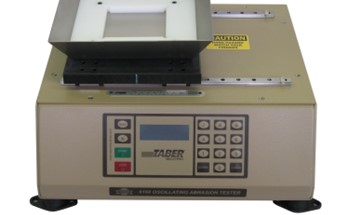
In the last ten years, space organisations globally, along with new market players, have made it easier to access space for scientific and technological research. This movement towards making space more accessible has attracted a broader spectrum of scientists who were previously unaware of the possibilities for conducting experiments in space. This growing group includes experts from various fields such as biology, physiology, pharmaceutical chemistry, fluid physics, soft matter, and thermodynamics, although this list is far from complete.
However, many researchers from this broadened community may not completely grasp the intricate requirements for setting up and carrying out space experiments. CRESTLAB has been established to provide an extensive research platform to assist both academic and industrial sectors in designing, preparing, and performing benchmark experiments on Earth, which can then be modified for different space environments—whether it be in microgravity, lunar or Martian gravity, or hyper gravity.
CRESTLAB is structured around four specialized laboratories—Life Sciences, Material Sciences, Physical Sciences, and Data Science—along with two technical workshops. These facilities boast advanced instruments and support services that cover all phases of space experiment planning, from the initial engineering design and breadboard construction to early testing and data analysis.
Along with the technical support offered by our experts at CREST, here is a list of some major equipment available at CRESTLAB to help design space experiments:
Oscillating abrasion tester 6160
Brand: TABER
Description: The TABER® Oscillating Abrasion Tester – Model 6160 is best known as an “oscillating sand tester”. Described in ASTM F735 (Standard Test Method for Abrasion Resistance of Transparent Plastics and Coatings Using the Oscillating Sand Method), the oscillating sand tester is used to measure the relative abrasion resistance of a material to surface abrasion and / or marring. The primary application of the Oscillating Sand Abrasion Tester is for transparent materials and coatings utilized in windows and lenses, but it might also be used to evaluate organic paints & coatings, plastics, metals and other materials.
Abradants
- Reference abradant in ASTM F735 in a quartz silica sand, graded 6/9. Besides the silica abrasive media, other potential abradants include alumina (zirconia), silicon carbide, aluminum oxide and glass bead. For repeatable test results, the sizing and shape of the abradant is absolutely critical.
- During testing, the abradant may become ‘worn’ as the sharp edges contact the specimen and other abrasive particles. To ensure reproducibility, new abrasive media should be used for each test. It is also recommended that the abrasive be replaced after 300 cycles for longer cycle tests.
Evaluation
- Using a haze meter, the haze and light transmission of a transparent test specimen is measured and recorded. After subjecting the specimen to the specified number of abrasion cycles, the results are measured as a change in haze and light transmission. Abrasion resistance for opaque materials is measured visually or by weight loss.

